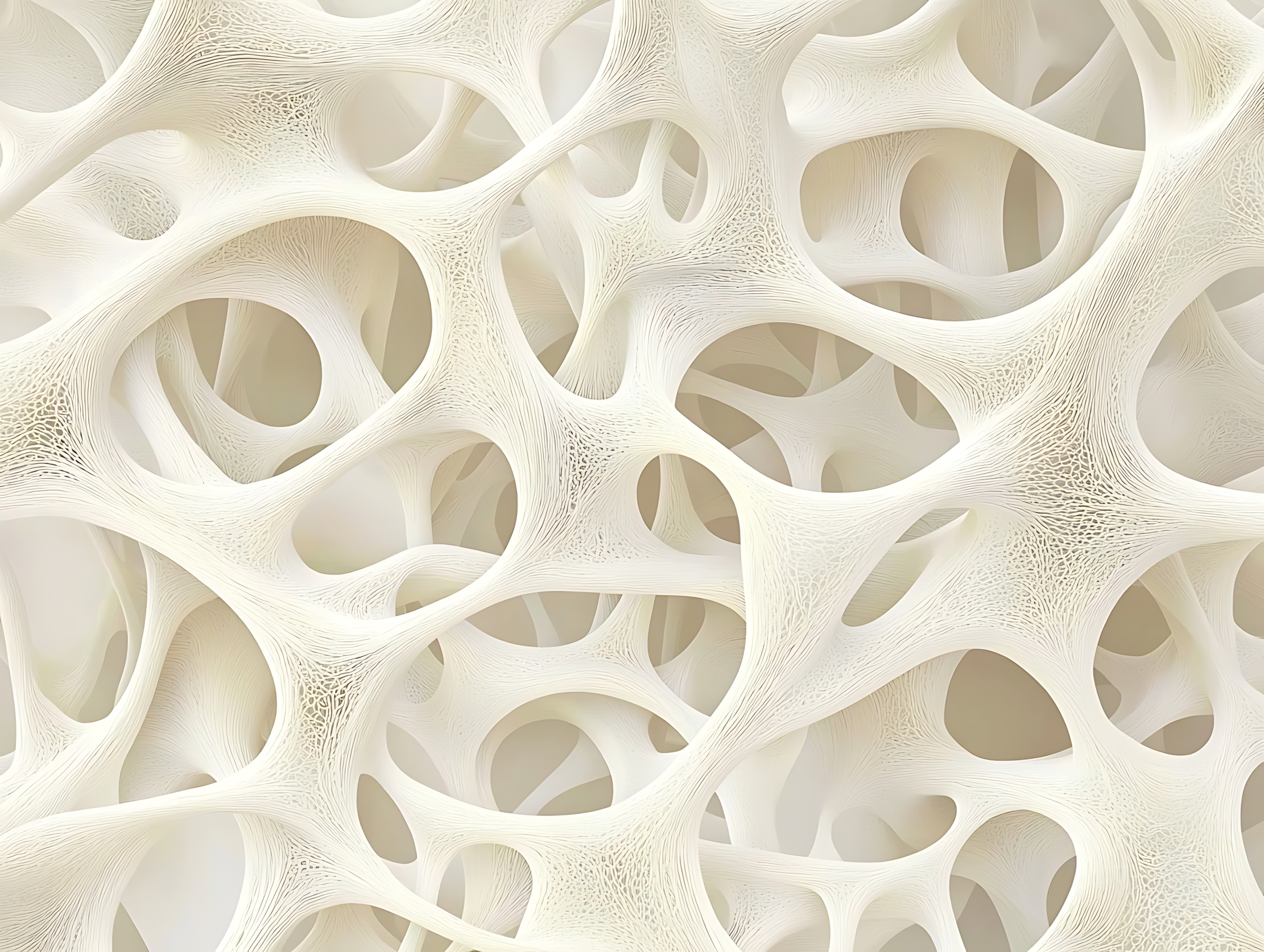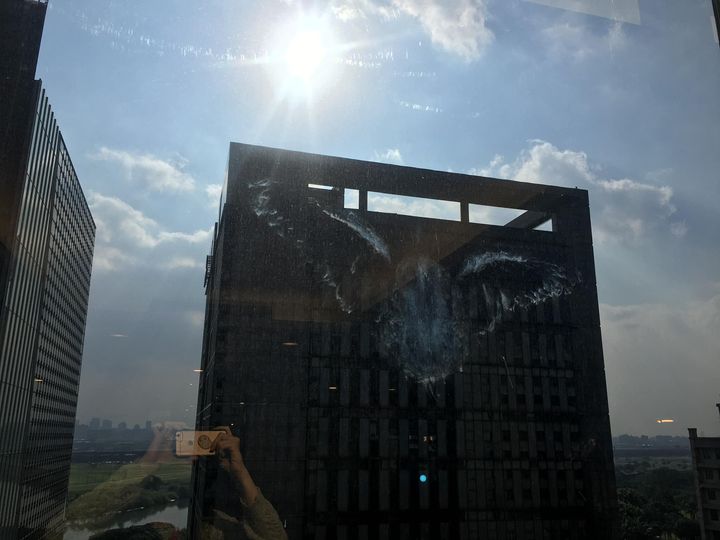AudioPod
About this episode
In a recent paper, Dr Philip Norcott at the Australian National University proposes a new strategy to improve nuclear magnetic resonance spectroscopy and imaging, a technique widely used in biology, chemistry, and medical imaging. A difficultly in these applications of nuclear magnetic resonance is low sensitivity and the potential for multiple signals to overlap, and existing techniques may only improve one of these factors without addressing the other. Dr Norcott suggests and tests a novel technique that offers the best of both worlds.
Original Article Reference
This SciPod is a summary of the paper ‘Selective NMR detection of individual reaction components hyperpolarised by reversible exchange with para-hydrogen’, in Physical Chemistry Chemical Physics. doi.org/10.1039/d2cp01657e
For further information, you can connect with Doctor Norcott at Philip.Norcott@anu.edu.au
This work is licensed under a Creative Commons Attribution 4.0 International License. 
What does this mean?
Share: You can copy and redistribute the material in any medium or format
Adapt: You can change, and build upon the material for any purpose, even commercially.
Credit: You must give appropriate credit, provide a link to the license, and indicate if changes were made.






